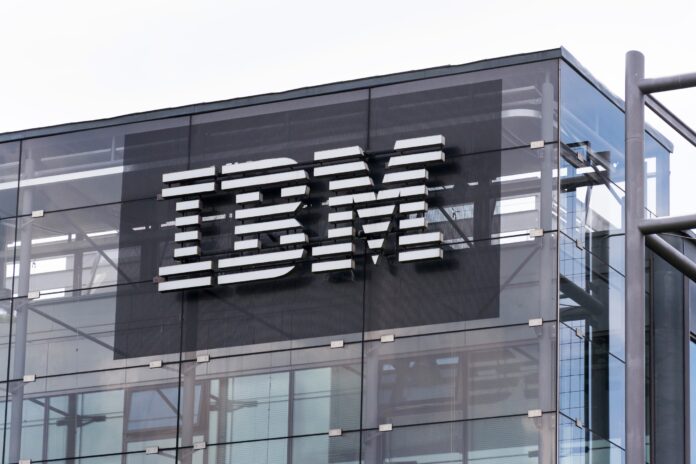CFO lays out how ‘hybrid-cloud platform-centric strategy’ is driving growth for IBM
In 2022 IBM grew revenue by 12% to $60.5 billion with its software, consulting and infrastructure businesses all posting double digit growth, 12%, 15% and 14% respectively. For 2023 CFO and SVP Jim Kavanaugh, speaking at the recent Morgan Stanley Technology, Media and Telecommunications Conference, provided a positive 2023 growth outlook centered on the company’s hybrid cloud and AI portfolio, go-to-market strategy and ecosystem development.
In a wide-ranging discussion, Kavanaugh said IBM “is a fundamentally different company” under CEO Arvind Krishna who took that post in April 2020. Speaking to enterprise buying patterns, Kavanaugh noted macroeconomic challenges around demographic shifts, labor shortages, supply chain dislocation, inflationary costs and increasing sustainability standards. But, he said, “We really believe that technology is a source of competitive advantage. It’s why technology continually outstrips GDP and demand.”
He continued: “I think it aligns very well to our four convictions around IBM. 1. Technology is the only deflationary force…2. AI is the vehicle of productivity…3. Now you go back to why we bought RedHat–we believe digital reinventions require a heterogeneous, hybrid environment and 4. Open source is really now the source of innovation.”
As it relates to telecom players, RedHat understands the interplay between cellular networking and cloud computing at the network edge, providing open-source software and middleware to knit systems together, and string them out across distributed computing infrastructure. As operators, telecom vendors, hyperscalers and combinations of those look to monetize 5G and edge computing with new enterprise business, RedHat is essentially relevant to all sides as it works with operators, enterprises, and just about everyone else. More on that here.
Asked about the sustainability of RedHat’s double-digit growth, Kavanaugh said, “We couldn’t be more please with the [2019] RedHat acquisition…We had a distinctive view in the marketplace about 1. Hybrid cloud and 2. AI…Workloads weren’t going to be 100% on the public cloud…RedHat is the foundation of that hybrid-cloud, platform-centric economic model.” As to the financials, Kavanuagh said every $1 RedHat makes is pulled through the business, bringing $3 to $5 into software and $6 to $8 into consultancy.
From hybrid cloud to AI, Kavanaugh said he expects “explosive growth” in the coming decade, and noted IBM embeds AI across its businesses and products. He called out four primary use cases: AI to interact and converse for applications like customer car; business process reengineering, “AI for IT automation,” which means AI for coding; and embedding AI into cybersecurity solutions.”
Back to that central thesis, Kavanaugh said IBM is “fundamentally a different company than what we were three, five years ago,” and is very focused on winning in hybrid cloud and AI.

